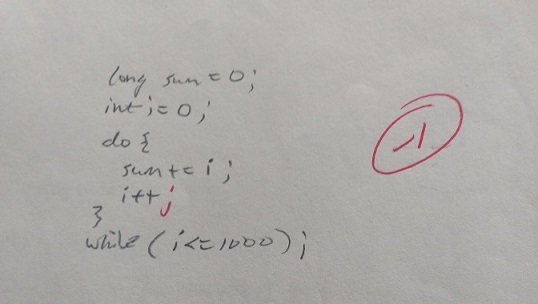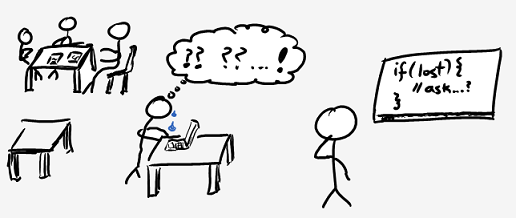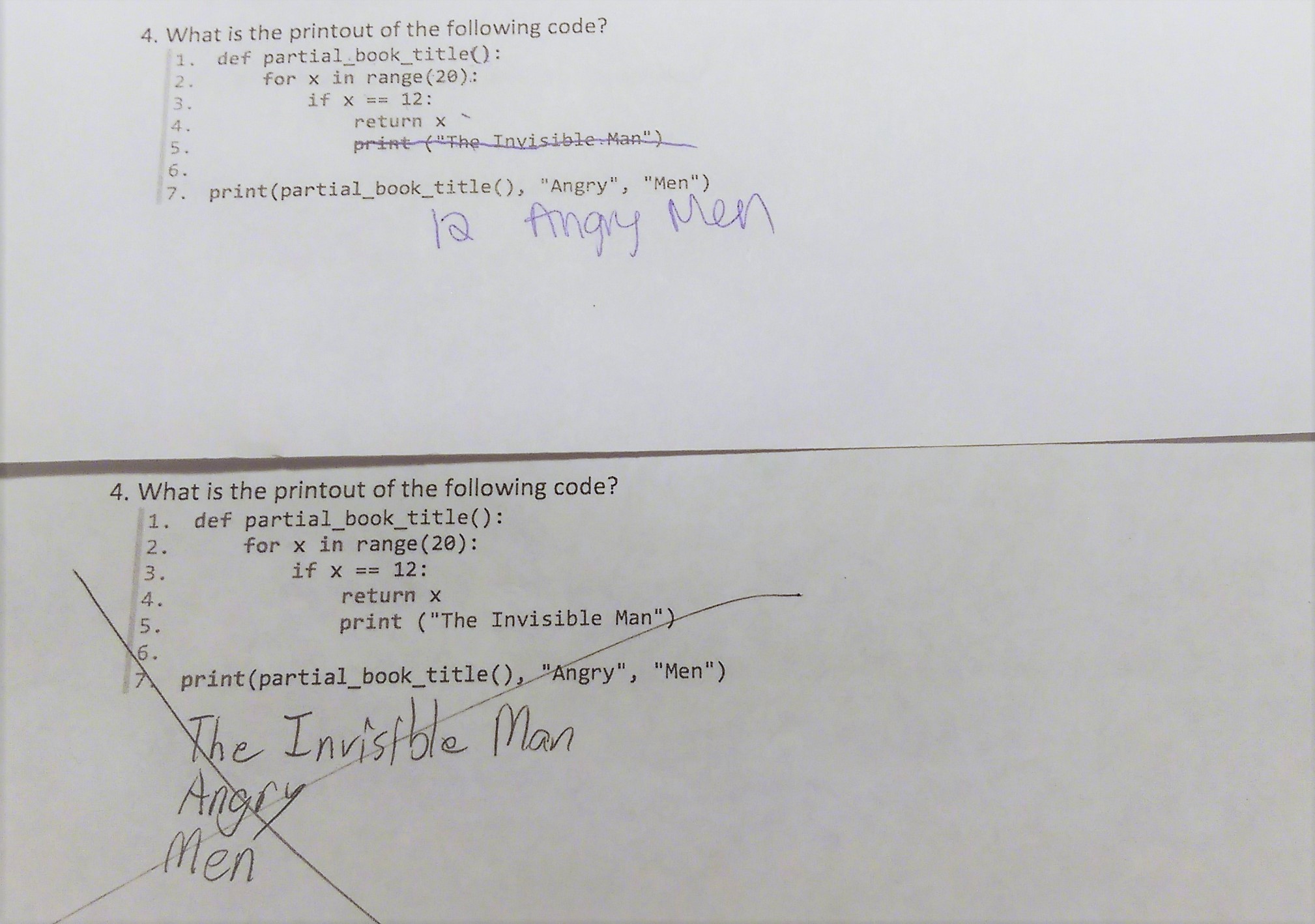If you’ve been in a computer science class, you’re bound to hear someone complain about hand-written code during tests or quizzes at some point or another. Oftentimes, the debate goes something like this:
Oblivious Student: “This is so stupid and unrealistic. When will I ever have to hand-write code?”
Old-Fashioned Professor: “This is an important and fundamental skill–think about the job interviews!”
Fair enough. For instance, there are plenty of books and articles about technical interviews and this video to guide applicants towards those coveted tech positions:
On the contrary, you also occasionally come across this,

which might feel a bit more trivial.
Admittedly, while there will always be some level of subjectivity when grading, the AP Computer Science grading guidelines seems to agree with this interpretation (see the “No Penalty” section on page 2). The purpose of an assessment is to assess, or provide insight into student learning and guide teaching.
As a student, I too was skeptical when it came to hand writing code. Yet, my stance shifted when I taught my first course for LaunchCode. I met biweekly with a group of roughly 20 students from various backgrounds who had little to no coding experience. The first unit of the program covered essentials such as variables, operators, control structures, etc.
Loosely mimicking a flipped-classroom model, students would go though a majority of the prep work and instruction at home, come in for an auditorium-style lecture, and then split up into respective classroom-sized groups. At that point, we (the teaching fellows) would handle things on our own accord. We were provided in-class materials for each session. Consequently, I would read it over, maybe make a few comments or adjustments, and then encourage everyone to form groups. After allowing everyone some time to figure things out, I would start making my way around the classroom, trying my best to speak with each and every student.

The first few projects were fairly smooth, but it didn’t take long before I noticed issues. Specifically, when students were finished, I tried gently probing them with a few questions such as why did you use elif instead of else? What does this function do? Can you walk me through your code? Some were able to discuss their process, but I also encountered many blank stares, and refreshingly honest answers like, “I have no clue what I did. I just kept typing stuff until the errors went away.”
In all fairness, experimenting around is a great way to learn. My earliest exposure to programming involved playing around with KTurtle years ago, which is an educational programming environment that uses a language based on Logo. During this phase, I attempted an Oregon Trail knockoff as well as a half-finished calculator for computing “taxes” that I wanted to collect from my cousin’s account on my Animal Crossing game. The spaghetti code resembled something like this:
if $a == 'apple' {
if $b == 'stalks' {
if $x == 1 {
...
}
if $y == 2 {
...
}
...
}
if $c == 'sea bass' {
...
}
if $d == 'dung beetle' {
...
}
...
}
if $a == 'orange' {
...
}
...
Somewhat functional in the sense that it did what I wanted, but ugly and hard to modify. Perhaps given enough time, I would have eventually developed more descriptive variable names and organizational skills, but some gentle guidance in an open sandbox can help accelerate the learning process tremendously.
With that in mind, I decided to have the class split into four groups. To provide diagnostics, I passed out a no-computers-allowed “quiz” to one group (which made some people uneasy, even without formal grades), and then helped out other students with the in-class project. Afterwards, I would return to the quiz takers and discuss questions, misconceptions, and so forth before repeating this procedure with the remaining groups. Of course, it took some gesture-reading and words of encouragement to ensure everyone was on the same page, but generally, the small circle seemed to alleviate students’ reservations about sharing wrong answers, and the lack of a compiler meant everyone had to think conceptually.
Here’s a sample:

The key concept is that return will immediately exit out of the function, and so the print statement below is effectively invisible (mediocre joke, fair enough). More importantly, when I asked for feedback, many expressed that these exercises were very helpful and requested more, so I had a rather fun time writing them.
I also have a link to the Thanksgiving edition, and the Polar Express Christmas edition, which ramps up in difficulty just a tad and involves writing a few lines. The objective of the final quiz of the semester was to provide some additional practice with classes and inheritance, especially since the last unit was a bit rushed. I also made my first teaching video by posting solutions. It’s not my best work, but I thought I’d share:
The sequel can be found here. All in all, students really seemed to appreciate these additional resources, and I so what I’m about to say won’t be all that surprising: writing code can be a good exercise that forces one to pause and ponder about what’s going on behind-the-scenes. However, like most educational tools, your mileage may vary. If the questions are crafted and evaluated with particular goals in mind, you’re likely to see better results, but if you use a meter stick to measure weight, then I’d probably suggest reconsidering it.
